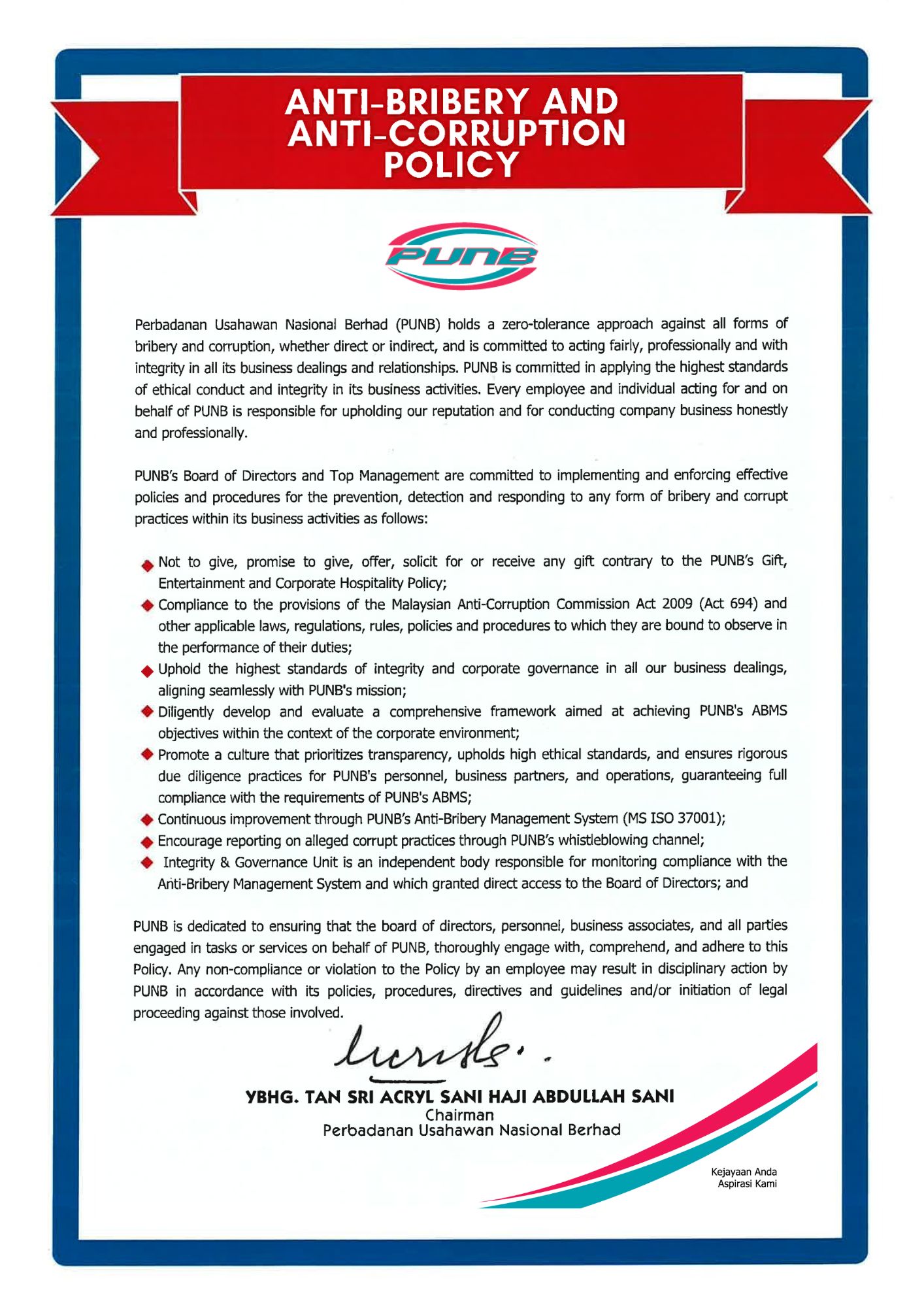What Is Ecosystem Mapping?
Ecosystem mapping is a strategic tool that helps organisations visualise the relationships and interdependencies among various stakeholders in their business environment. It provides a holistic view of how value is created, exchanged and sustained within a network of actors.
Rather than focusing only on direct supply chains or internal structures, ecosystem mapping highlights external connections and cross-industry interactions that influence a business’s performance and opportunities.
Why Is Ecosystem Mapping Important?
- Strategic Clarity
It helps leaders understand the broader context in which their organisation operates, identifying key players, influencers and opportunities for collaboration or disruption. - Innovation and Growth
By visualising gaps or underutilised relationships, businesses can uncover new partnerships, products or services that weren’t visible before. - Risk Management
Ecosystem mapping reveals dependencies and vulnerabilities, enabling companies to build resilience by diversifying or strengthening key relationships. - Customer-Centric Thinking
Mapping the ecosystem around the customer journey helps organisations align offerings and touchpoints across multiple stakeholders.
Key Elements of an Ecosystem Map
An effective ecosystem map typically includes:
- Core Entity (your company or a product/service)
- Stakeholders (partners, suppliers, customers, regulators, etc.)
- Relationships (how value, data, resources or influence flows)
- External Forces (trends, competitors, innovations, policies)
Steps to Create an Ecosystem Map
- Define Your Objective
Are you mapping for innovation, strategy, customer experience or risk assessment? - Identify All Relevant Stakeholders
Include both internal (departments, leadership) and external actors (customers, vendors, tech partners). - Categorise and Group Entities
Group stakeholders by their role (e.g., value creators, enablers, distributors, influencers). - Visualise Interactions
Use arrows or lines to show the flow of value, data, influence or capital. - Analyse and Prioritise
Look for key leverage points, bottlenecks or untapped opportunities.
Ecosystem mapping empowers businesses to see the bigger picture, uncover hidden opportunities and design more adaptive strategies. In a world where collaboration is often more powerful than competition, understanding your ecosystem is no longer optional — it’s essential.


